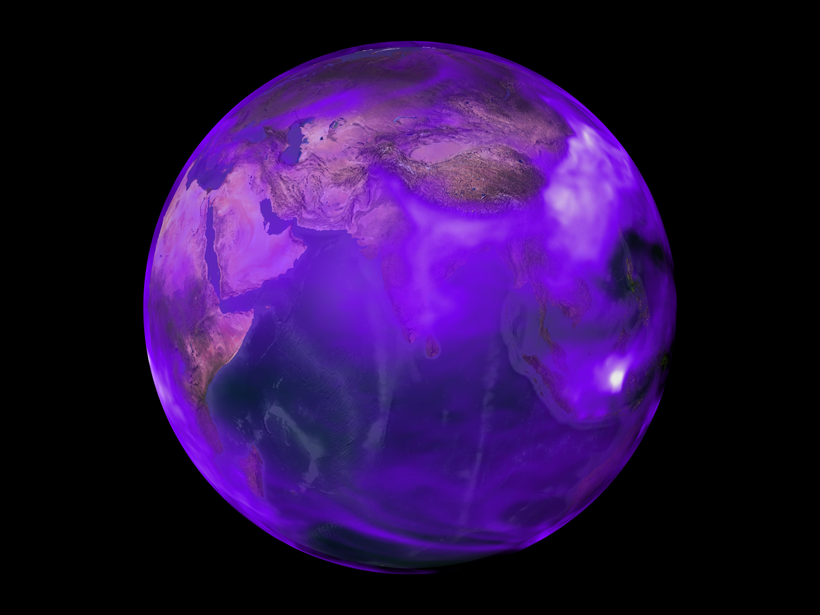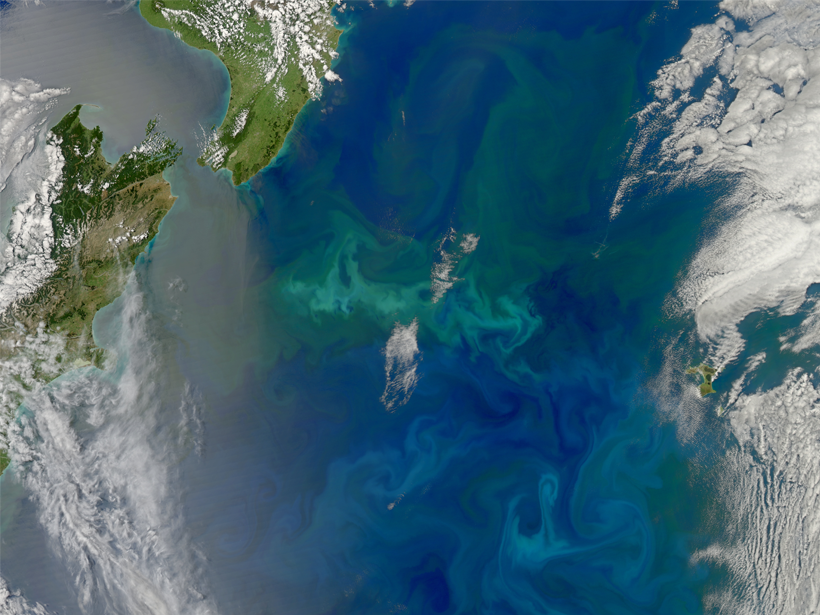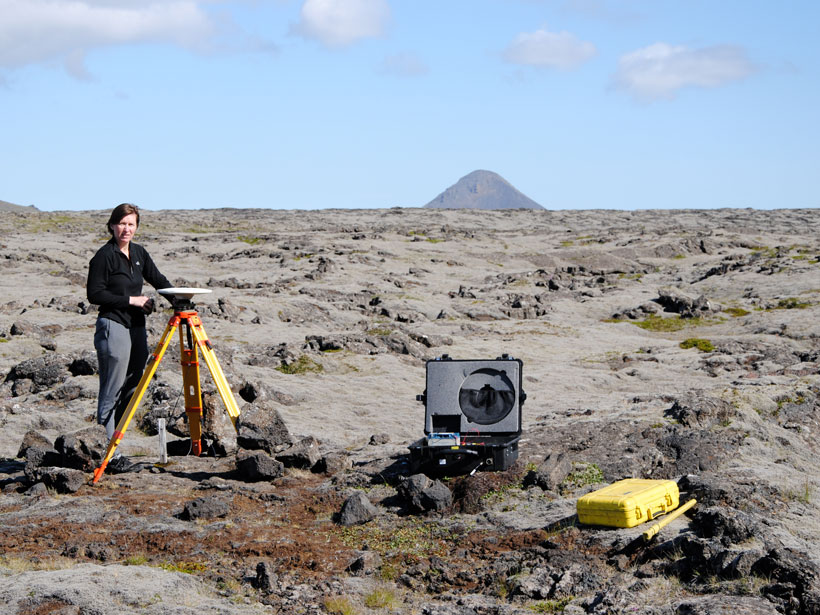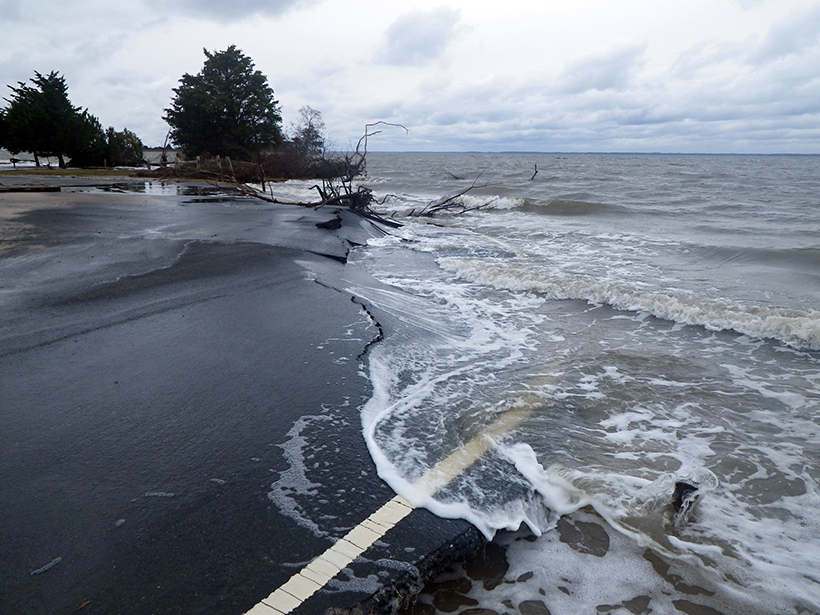New observational constraints suggest that U.S. emissions of this heat-absorbing aerosol were 80% higher during the late 20th century than prior estimates have indicated.
Terri Cook
Terri Cook is an award-winning freelance writer whose career has focused on exploring and explaining the 4.5-billion-year-history of the remarkable planet we live on. Cook, who has an M.S. degree in Earth science from the University of California, Santa Cruz, writes about geology, ecology, and the environment—as well as wine, tea, hiking, and biking—for a diverse group of publications, including Eos, Scientific American, NOVA Next, Science News, and EARTH magazine, as well as Avalon Travel and numerous other travel-related publications. Her reporting has taken her to 25 states and 20 countries scattered across 5 continents, from the depths of the Grand Canyon to the sandy Australian Outback to the mist-shrouded summit of Bali’s Mount Batur. As the coauthor of three popular guidebooks, including Hiking the Grand Canyon’s Geology and Geology Underfoot Along Colorado’s Front Range, Cook gives frequent presentations about geology and science communication. She is the recipient of a 2016 European Geosciences Union Science Journalism Fellowship and is based in beautiful Boulder, Colo.
Southern Hemisphere Sediments Show Surprising Pliocene Cyclicity
New, high-resolution paleoclimate reconstructions with 100,000-year rhythms may offer insights into how Earth’s climate system operated during a time when the planet was warmer than it is today.
A New Way of Visualizing Iceland’s Crustal Deformation
A novel method of calculating strain rates from GPS data shows the South Iceland Seismic Zone is experiencing rapid deformation, including inflation near the island’s most active volcano.
All Types of Large Earthquakes Produce Prompt Gravity Signals
New observations of recently discovered gravity perturbations that precede seismic waves have the potential to improve earthquake early-warning systems in California and other tectonic settings.
Late Cretaceous Extreme Warmth at High Southern Latitudes
New proxy data indicate sea surface temperatures at high southern latitudes reached over 35°C during a period of extreme greenhouse climate that began about 100 million years ago.
Antarctica’s Seasonal Streams Contribute Iron to the Ross Sea
Analysis of nutrient concentrations in four streams that discharge to the Southern Ocean indicates they are important sources of iron and phosphorous for coastal phytoplankton communities.
Meeting User Requirements for Sea Level Rise Information
A new framework based on decision analysis can help scientists produce practical data that support informed decisions about climate adaptations.
Numerical Models Overestimate Near-Inertial Wind Power Input
The first study to estimate the global wind power on internal gravity waves based solely on observations offers a new benchmark for comparing future calculations.
If Precipitation Extremes Are Increasing, Why Aren’t Floods?
Improving our understanding of the relationship between changes in precipitation and flooding due to rising temperature is a new grand challenge for the scientific community, argue the authors of a recent commentary.
How Do Intergranular Particles Affect the Flow of Ice?
Laboratory experiments that indicate rock particles can impede sliding along grain boundaries in ice may help researchers more accurately determine the composition of planetary ice masses.










